

Tom Clancy's Ghost Recon: Advanced Warfighter, to use the full title, was a key release for the Xbox 360. Cumbersome in name it may have been, but GRAW was one of the first titles to fully show off what was possible on Microsoft's new machine. Unsurprisingly, critics queued up to lavish praise on Ubisoft's efforts. "With people still unsure over what they think the next-generation consoles should bring, GRAW is perhaps the best example to date, delivering on all fronts," wrote Tom Orry, way back in the misty past of March 2006. Others went even further, with GameSpy branding the game as "a masterpiece" and a "Halo-style killer app" - plaudits that seem remarkably excessive, six years on.
GRAW spawned a well-received sequel in 2007, but since then the franchise has been on leave of absence. After postponing the release date several times, Ubisoft has declared that the next entry in the series, Future Soldier, will finally be released on May 25. With the successors to the 360 and PS3 seemingly due to be announced any day now, and having played a hefty chunk of Future Soldier myself, I thought it might be interesting to directly contrast the two games - to explore the changes in design, changes that reflect how shooters have evolved across this generation, and to look to what the future may hold.
Before we can examine either GRAW or Future Soldier, we must first reflect on the birth of the franchise. The original Ghost Recon was released in November 2001, and was very much a descendant of Rainbow Six - the brutally challenging Counter-terrorist sim, developed by Red Storm at the end of the '90s. While Ghost Recon would later be ported to the Xbox, PS2 and GameCube, it was a hardcore strategy title that was built around the tastes of a hardcore PC audience. It was a demanding first-person affair that forced players to think ahead, pre-planning their approach to missions and then managing three Special Forces Fireteams simultaneously. Enemies were felled with just one or two bullets, but the players' own forces were equally vulnerable - making it a game with little tolerance for mistakes.

The PlayStation 2 was still in its infancy when Ghost Recon was released, but by the time GRAW surfaced, both the industry and the market had changed. Rather than receiving a port of the PC game, the Xbox 360 version of GRAW was specifically tailored to a console-owning audience. While the end result retained the basic Ghost Recon premise - Special Forces whup the asses of assorted sinister foreigners - the core experience was simplified for the sake of accessibility.
Now there was only one fireteam, rather than three, with the player only assuming direct control of the squad's leader. While it was possible to dish out simple commands to your team-mates, the game clearly expected you to do the brunt of the work yourself; in theory, you associates were capable of taking care of themselves - although AI being what it was at the time, this wasn't quite always the case. Finally, the game offered a choice of first or third-person perspectives - allowing players to discard the viewpoint that had been synonymous with Red Storm's output since Rainbow Six.
At a glance, the design gap between GRAW and Future Soldier seems far smaller than the gaping chasm that lay between GRAW and its PC-based predecessor. Graphical leaps aside, the two titles are similar in appearance and structure - and yet the Devil, as they say, is in the details. In this case, the details are mechanical changes that carry Future Soldier even further away from the hardcore trappings of the old Ghost Recon.
In immediate terms, Future Soldier is notable for kitting the player out with a generous spread of player aids masquerading as high tech toys. To be fair, this is an extension of a trend that GRAW began when it first provided players with an unmanned surveillance drone and hybrid thermal/night vision to help locate the enemy. In Future Soldier, however, gadgets aren't just the icing on the gaming cake - they are the cake.
If you're not piloting the drone you’re lobbing out "Intel Grenades" that silently mark the locations of all nearby enemies, while the latest spin on enhanced vision allows you to see straight through scenery, in what essentially amounts to a pair of X-ray specs. All of these gizmos are designed to empower the player and to make their life easier; in the case of one of the flashiest tools, the Predator-like personal cloaking system, the game handles its operation automatically - activating itself whenever the game deems it necessary. We're spared even the simple task of deciding when to turn the gadget on.
It soon becomes apparent that your squad mates are an organic extension of all this technological assistance. Following on from the Mark and Execute mechanic in Splinter Cell Conviction, Future Soldier allows you to single out up to four enemies for a "sync kill", in which all the members of your squad shoot their designated target at exactly the same time. If you're going for a quartet of foes at once you'll need to take the fourth shot yourself, but with three or victims or less there's no need to lift a finger. And unlike their human counterpart (i.e. you), these AI-controlled troops never miss. As long as you wait until everyone is in position, it's an automatic kill.
In short, GRAW's half-asleep allies have been traded out for a team of lethally efficient killers, backed up by a suite of devices that tell you exactly where the enemy can be found. To an extent this is no bad thing - no-one will be getting misty-eyed for the good ol' days of suicidal pathfinding. Even so, it's remarkable how content the game is to do the player's hard work for them.
For associate producer Yann Suquet, these design choices are part of a wider shift across action games as a whole:
"I think maybe games have moved towards wanting to give the player an experience, making them feel like they're super-strong," said Suquet, speaking to VideoGamer.com earlier this year. "You feel like you're the strongest person in the world, and it's just three buttons. In the old days, you'd say 'this is too easy' because you're not using all the buttons - the first Tomb Raider was super hard, for example.

"But it's not about that, it's about giving the experience. It's comes through more than just controls, more than just reflexes: it comes through animation, it comes through depth of character. We have a tagging system, but I don't think it makes the game easier. It's just an additional layer of depth."
Suquet insists that Future Soldier is far from being a cakewalk, but juxtaposed with GRAW, it's evident that Ghost Recon has softened considerably over the course of this generation. At the dawn of the franchise you'd count yourself lucky if you survived a single bullet, and while GRAW gave your troops an increased resilience to high-velocity lead poisoning, there was still no way to patch yourself up mid-mission. Now, thanks to the fact that regenerating health has become a staple of the genre, getting shot merely results in a few moments of crouching behind your convenient waist-high cover, another near-mandatory ingredient of any contemporary shooter.
Even on the occasions when you do succumb to incoming fire, convention now dictates that you merely have to wait for one of your buddies to rescue you. From the healing hands of Dom in Gears of War to the weird resurrection rays of Killzone 3, this gen has repeatedly taught players that death is now a minor inconvenience at best – one that will only force you to reload your game when you've repeatedly failed. Future Soldier is no exception: you'll only hit a Game Over screen if both you and your entire squad are wiped out, or if you repeatedly lick the Grim Reaper's boots.
To an extent, it's easy to sympathise with the dilemma that developers now face. By making it harder for the player to die outright, they invariably incur the wrath of hardcore gamers, inviting criticism from any reviewer who feels aligned with that cause. Allowing the game to swiftly kill the player, on the other hand, leaves them open to attack from those who find the difficulty frustrating.
For his part, Suquet remains pragmatic about the waning demand for punishing levels of challenge.
"The market doesn't expect it anymore. People tend to think that we make games and then the market says, "Ok, I'm going to play this". It's actually the other way round: it's because the market expects something else that we’re doing something else. I don't think it's a step back. You still find some independent games, and even some mainstream games that are a real challenge."
Unsurprisingly, Suquet feels that the growing popularity of games is a key contributor to this shift. "I'd say the market has broadened. Games are the fastest-growing entertainment industry, currently - it's the only one that's not declining. It's growing super fast and there are more and more people coming in, the expectations are not the same anymore. We still have those hardcore players, and we still need to make a game that appeals to them, and then we need to appeal the rest of the market, to the other people who also want to enjoy it."
But this drive towards mainstream appeal has had another important repercussion, one reflected in Future Soldier's campaign. Call of Duty has had an irreversible impact on action game design, and while there's no doubt that the series' multiplayer structure will be its greatest legacy, its popularisation of linear, rollercoaster-like set pieces has exerted a similar influence over single-player shooters. In the case of Future Soldier, this manifests itself as a pair of on-rails sequences – two have been shown off so far, but there may be more – where the player is tasked with simply shooting seven shades out of everything in the immediate vicinity. Sequences like these are an everyday sight in today's action titles, but they're still a notable inclusion for a series built around slow, precision tactics.

The influence of Call of Duty seems inescapable for even the biggest franchises. Capcom recently name-dropped the series as a core rival in the run-up to promoting Resident Evil 6 - hardly the most obvious competitor to a tub-thumping, military FPS series. Even Mass Effect 3 has been tailored to accommodate the needs of linear-minded shooter fans: an option at the start of the game allows you to strip the interactive elements from NPC conversations, transforming them into standard cutscenes that unfold without your input. There was a time when Mass Effect's branching plot was regarded as one of its strongest assets; now, it seems that some players would rather that freedom were reduced to the role of optional extra.
If that thought depresses you, take heart in the fact that Mass Effect 3 still offers a standard, choice-laden setup for the many gamers who will still want it. Indeed, with a third option catering to users who merely want to enjoy the story, Mass Effect 3 may offer a prototype template for the route that many games will follow in the future – allowing users to customise their experience, based on the content they want to play. Or perhaps this structure is just a leftfield experiment, designed to be derided and then swiftly forgotten by the gaming masses. Only time will tell.
For Ghost Recon, the road ahead will be determined by the performance of Future Soldier – and as to that, we'll have to see what May holds in store. But for a hint at what may lie over the Horizon, Ubisoft's first trailer for Rainbow Six: Patriots provides plenty of food for thought. Clearly there's only so much to be gleaned from a so-called "target gameplay" clip, but it's fascinating to see how many of Future Soldier's ingredients seem to be there in steroid-boosted form. The player-supporting gadgets are immediately evident, but beyond that, it's more obvious than ever that the developers are aiming for something akin to an interactive theme park ride: high-octane dramatics, served via a highly-controlled, linear format. And what are we to make of the clear visual references to Heavy Rain?
One thing's for sure: despite their reputation for derivation, shooters are changing, for better or worse.
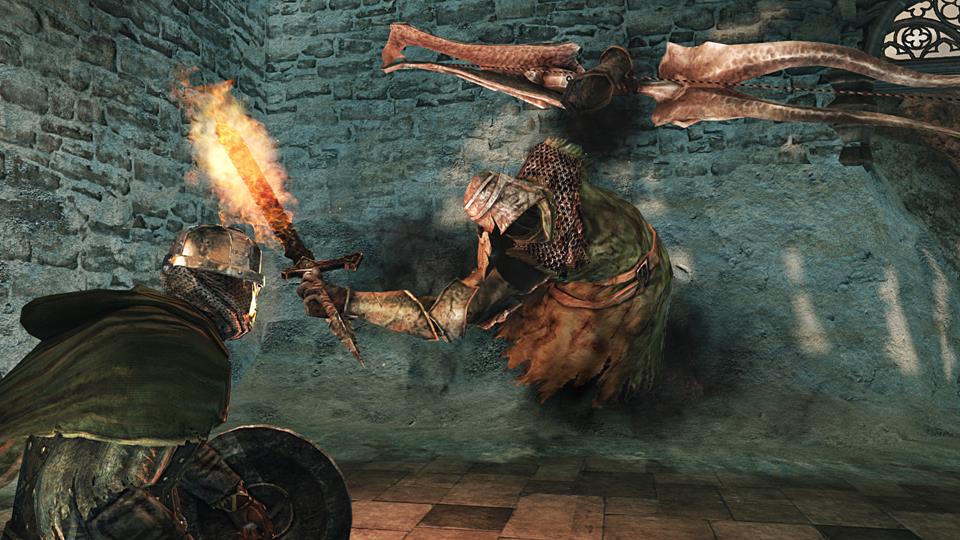
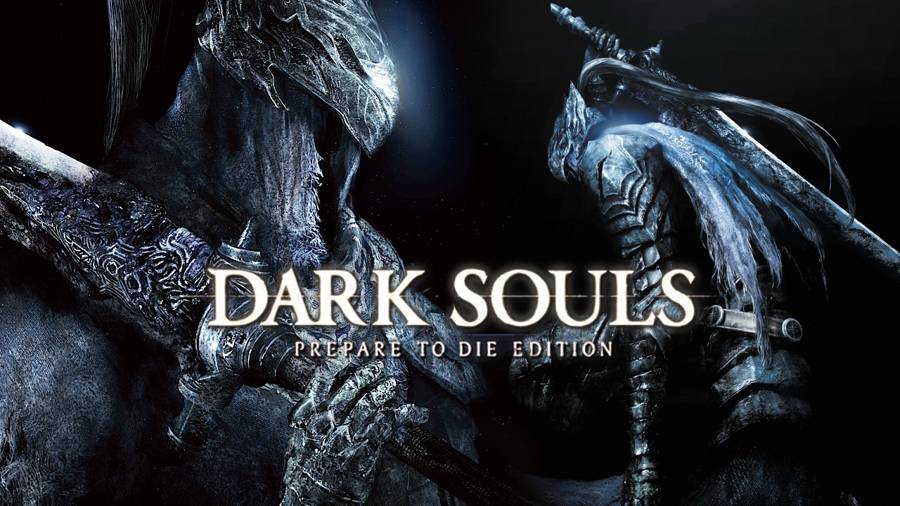
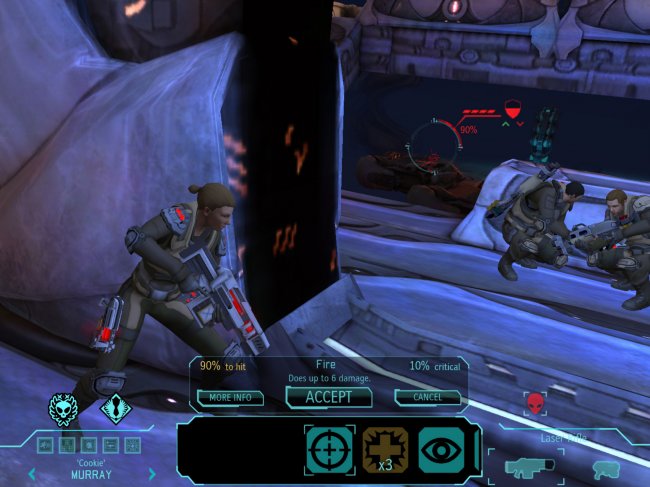
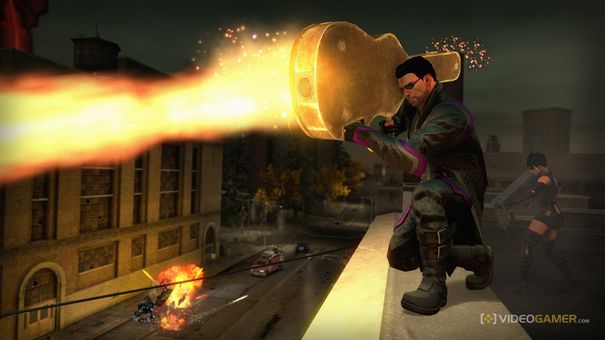
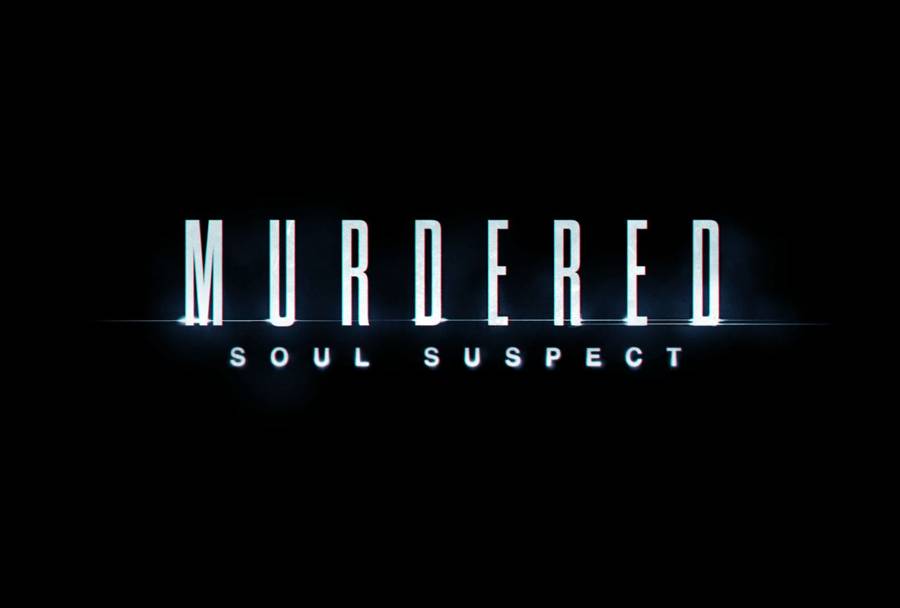 Murdered Soul Suspect Gala Case Guide
Murdered Soul Suspect Gala Case Guide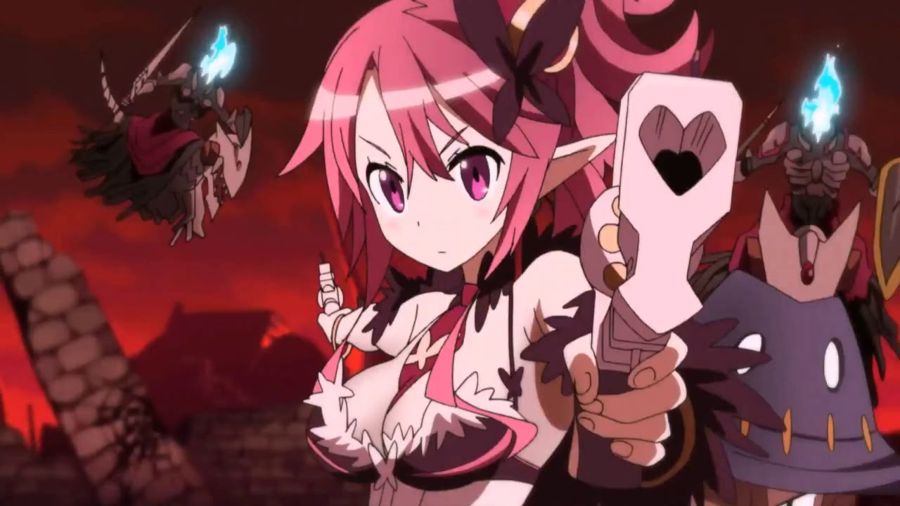 How To Change Your Color And Sub Class In Disgaea 5
How To Change Your Color And Sub Class In Disgaea 5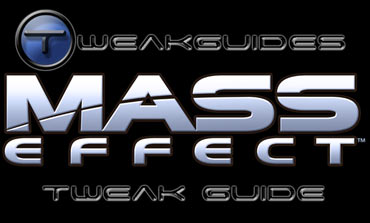 Mass Effect Tweak Guide
Mass Effect Tweak Guide Dragon Age Inquisiton: Forbidden Oasis Side Quest Guide - GamersHeroes
Dragon Age Inquisiton: Forbidden Oasis Side Quest Guide - GamersHeroes Why Gaming Needs PlayStation 4
Why Gaming Needs PlayStation 4